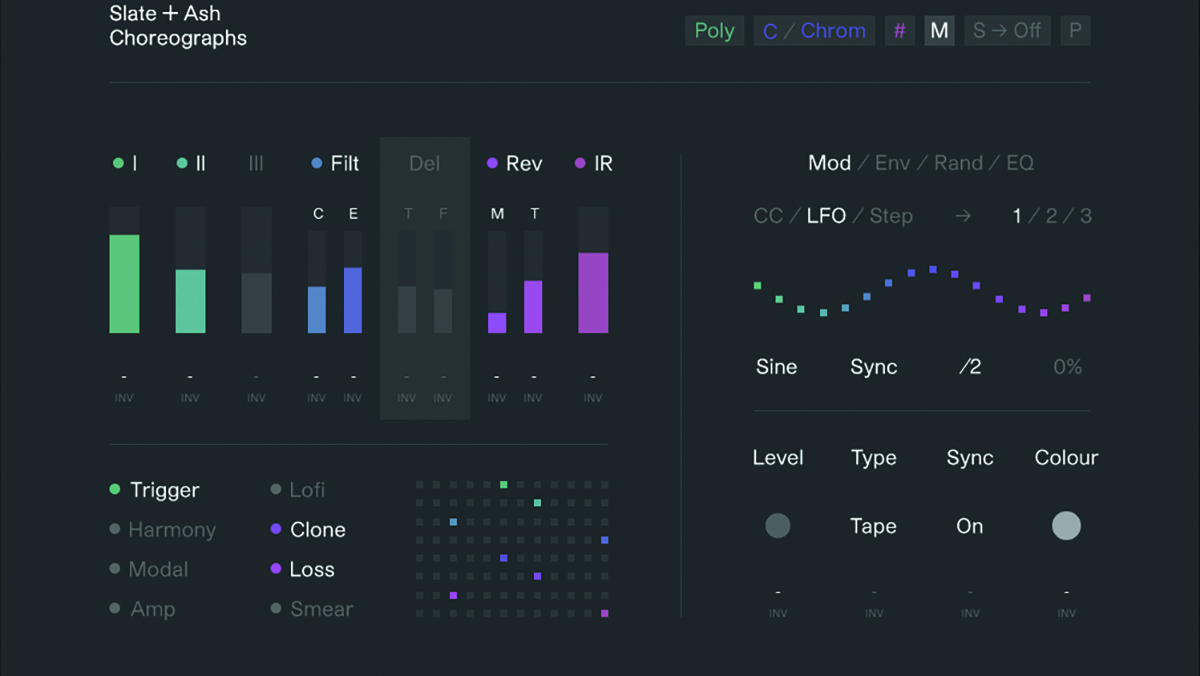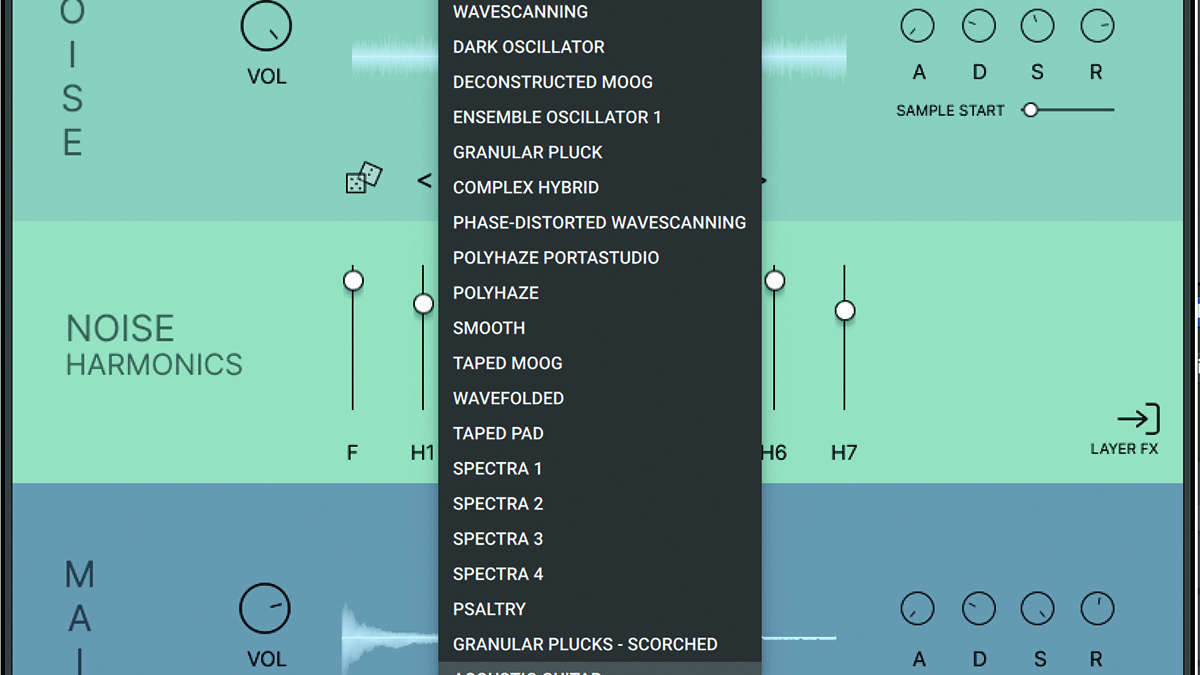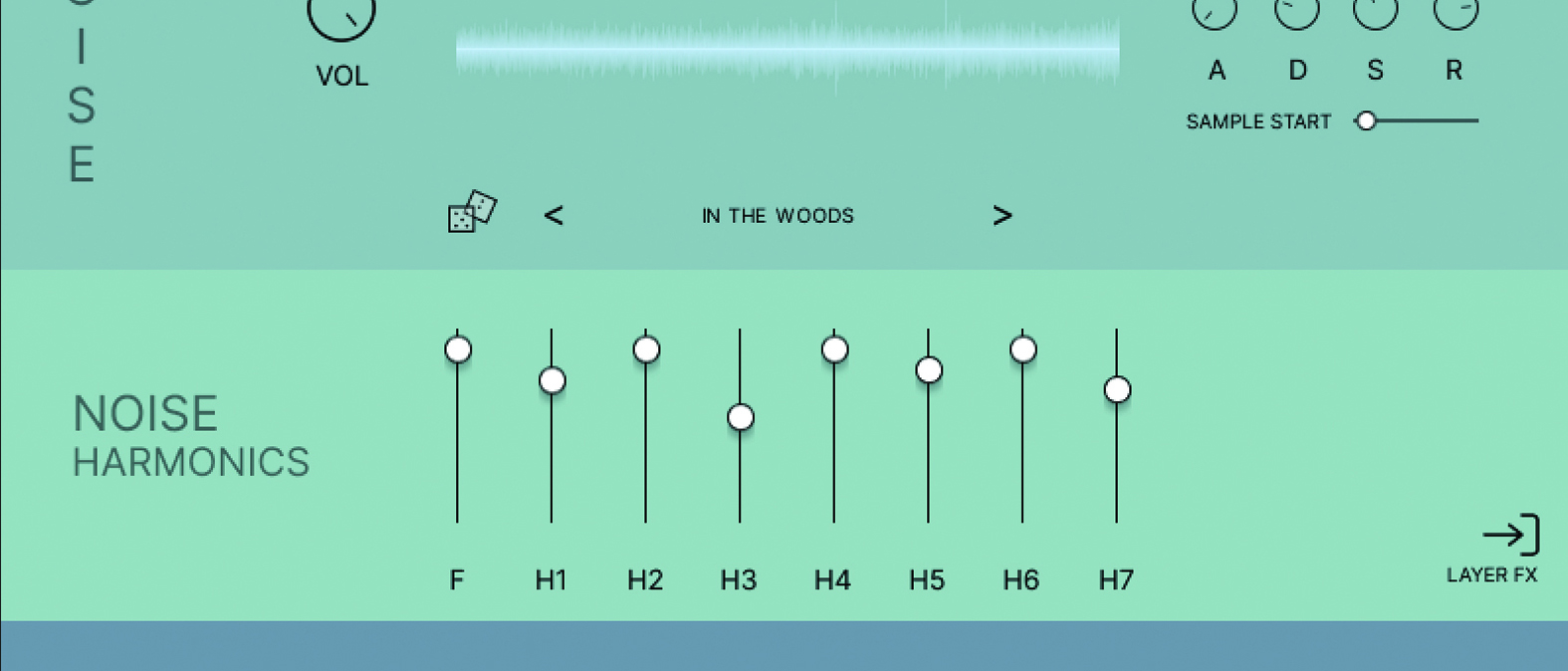MusicRadar Verdict
Harmonic Bloom carves its niche incredibly well but can go further if pushed. Really though, if you want your sounds from dreamland, then this is your go-to plugin.
Pros
- +
Lovely sound.
- +
Surprisingly quick to get results.
- +
Loading in your own sounds is great.
- +
Lush, dreamy, and very atmospheric.
Cons
- -
A little too focussed.
- -
Heavy on the CPU.
MusicRadar's got your back
Sonora Cinematic Harmonic Bloom: What is it?
Nowadays, software developers really have to think outside the box to come up with something new. More importantly, it also needs to be something sufficiently different to what’s bundled with our DAWs to tempt us to part with our cash. Sonora Cinematic has been out of that box for a while, most famously coming up with the Dronar range of weird and wonderful atmosphere instruments. That, and other titles like Magnetism, are ideal for cinematic and atmospheric tension, and Harmonic Bloom (for Kontakt Player) is too, although it’s probably the most emotive of their titles thus far.
The initial description makes mention of the likes of harmonic theory, noise sources and sonic extraction and you’d be forgiven for initially scratching your head. You might even ask whether the developers have gone too far in their pursuit for something new. In fact, though, the theory is quite easy.

Sonora Cinematic Harmonic Bloom: Performance and verdict
You get two layers of sounds to play with as sources: Noise and Main. Blend these together first (see Bloom's Layers below for more on the source samples and instruments), then mess with the harmonics, add some choice effects and then some modulation. It’s essentially a sample-based synth with some added harmonic twists on top.

• Slate + Ash Choreographs
Bigger and more expensive plugin that uses layers and 400 samples for very atmospheric sounds.
• Orchestral Tools Drones
OK, it focuses on drones – clue is in the name – but you do get extensive control and editing.
With this harmonic side of the sound design you get one fundamental note slider and seven others for seven harmonics. You then start extracting the harmonics from the noise by raising each slider to start creating pitches and chords. It’s a little like randomisation in reverse. Start with chaos, end up with order. That’s the theory anyway; albeit with our simplified explanation added.
The software creates the harmonics by using band-pass filters at the correct harmonic intervals, thus creating more orderly pitch results from the core chaotic sound. A slider lets you adjust between noise and pitch (wet and dry if you like, although it’s more about increasing the resonance level of the band-pass filter at each harmonic point).
You can hear it best in action by playing a single note with all seven harmonic sliders set at zero and that fundamental note plays alone. Then you can simply increase each harmonic for more chordal and richer pad-like sounds.

Bloom’s layers
There are 30 ‘flavours’ of noise included for the Noise layer (selected from a drop-down menu) and these range from insects to machinery, analogue and digital noise to woodland field recordings. Obviously these ‘real’ recordings give the instrument a proper ‘ambient’ feel in the traditional sense of the word – ambient used to be more about ambient noise than electronic music. There are 50 sampled instruments in the main drop-down layer and these consist of synths (lots of them) plus the odd horn and guitar, and add more of a pitch to the sound rather than random noise.
Want all the hottest music and gear news, reviews, deals, features and more, direct to your inbox? Sign up here.
There’s a good variety of each type of sound in both the Noise and Main layers, so you could, with the right mix, get some very varied sounds. In fact, we’d recommend really pushing these combinations for more extreme results. We love the ambient presets on offer, but you can go off this road if you experiment.
Blooming extras
Harmonic Bloom gets even more interesting with some added extras. There are on-board effects – including a dreamy reverb and flexible delays – and extra modulation options. Here you can alter pan, volume, the harmonic filters and the noise/pitch parameters. Notably each harmonic can be modulated by LFO frequency and depth so you can get some very complex movement going very quickly.
Better than all of this, though, is the ability to load your own samples in each layer (you can use a specific slot in each one) so you can go as deep with the sound design as you like.
You won’t be using Bloom for minimal techno (unless it’s the dreamy strand of minimal techno)
The end results, then, can go wherever you wish, though there’s no doubting Harmonic Bloom’s ambient leanings. Some pads are straight off an Eno album (or are an Eno album!) and pretty much all of the supplied 100+ presets are about atmosphere and emotion. You get big lush sounds and cinematic soundscapes, and although the remit within that is pretty wide, you won’t be using Bloom for minimal techno (unless it’s the dreamy ambient strand!).
Bloom will appeal to a certain producer who wants emotive soundscapes. It is heavy on our laptop (an M2 Air) with lagging after selecting layers, but that aside, Bloom is a great tool that gets you to dreamland in an instant.
MusicRadar verdict: Harmonic Bloom carves its niche incredibly well but can go further if pushed. Really though, if you want your sounds from dreamland, then this is your go-to plugin.
Sonora Cinematic Harmonic Bloom: The web says
"The combination of the Main samples and the harmonics coaxed from the Noise section can make for some hauntingly beautiful sounds, from ethereal pianos and plucks to warm and washy pads."
Sound On Sound
Sonora Cinematic Harmonic Bloom: Hands-on demos
Sonora Cinematic
Sample Library Review
The Sampleist
Sonora Cinematic Harmonic Bloom: Specifications
- Works with the free Kontakt Player 7+.
- CONTACT: Sonora Cinematic
Andy has been writing about music production and technology for 30 years having started out on Music Technology magazine back in 1992. He has edited the magazines Future Music, Keyboard Review, MusicTech and Computer Music, which he helped launch back in 1998. He owns way too many synthesizers.

